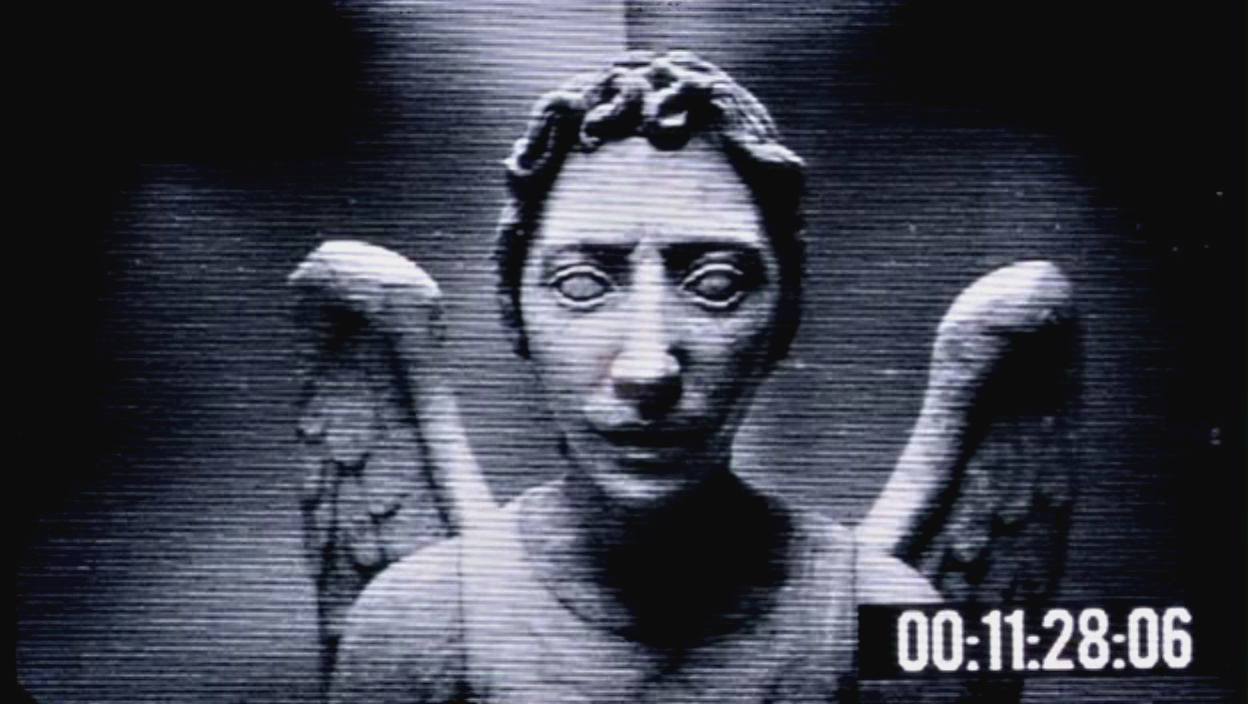Last year, I discovered the name of this type of puzzle:
The beauty is that there are no edges and every piece you place MAY be right, but it may mess up others and you won't know until the end. It can be infuriating, but it's also GREAT for practicing calculation.
This type of puzzle is known as a Tarsia Puzzle and dozens of teachers have written about using them in class. When I used them last year, I created one, cut the pieces out and had my students assemble them. My idea this year was to have the students do it!
Here was the thought:
"Your group will create 8 fraction problems with addition and subtraction. You will also come up with plausible, but incorrect answers. You will then put the right answers across from the problems on this diamond sheet that I borrowed from Kathryn, with the wrong answers along the outside. Then you'll cut them out and pass them to another group to solve."
What a cool idea! Get the kids practicing problems and solving puzzles!
And then, instead of a beautiful and graceful swan dive, this activity not only landed on its ample, patchy-haired belly, but actually missed the water entirely, hitting with a sickening splat on the concrete about halfway between the lifeguard chair and the concession stand with other pool patrons hiding their children's eyes and calling not for an ambulance, but rather a coroner and a clean-up crew.
Of the 7 groups in my period 1, only one did what I asked of them. The other 6 stared off into space or went back to talking about their weekends. My frustration and irritation mounting, I went to the different groups to tell them to get to work. It quickly became apparent that, despite what I thought was success on Friday, the majority of the students had no idea what to do and, if they were trying the activity at all, were doing it completely wrong.
I spent some time going between the groups, trying to push them in the right direction, offering encouragement and guidance. As soon as I moved to another group, the vacant stares returned, making me think that many of my students were the counterpoint to the Weeping Angels, in that they only moved when someone was staring directly at them.
 |
| Don't blink. Don't even blink. Blink and they stop working. |
It became clear that I needed to do some sort of intervention. I pulled the class attention back to me and we went over a problem on the board, not only the problem itself, but how we are using the rectangles to solve them. I offered no information, but instead had my students tell me what to do next. I had them give me the steps that we took, which I wrote down on the board as they told me.
I handed out a notebook to every student who didn't have one so that they could write down the information. Even if they weren't going to DO it, writing it would solidify the concepts better than just listening to me or their peers.
I asked several students to come to the board to demonstrate, but they refused. I hate when I'm the one doing all of the work in class partially because I'm lazy, but mostly because I know how much more they will learn when THEY do it.
We have trained them for so long that doing something incorrectly is such a terrible thing that it's better for them to not even try.
 |
| The J stands for "Jay" |
I will continue to encourage and praise effort, regardless of the results. I will continue to try to make my class a safe place to fail. I will continue to have faith that this is a goal that can be accomplished.
But man is it frustrating...

No comments:
Post a Comment